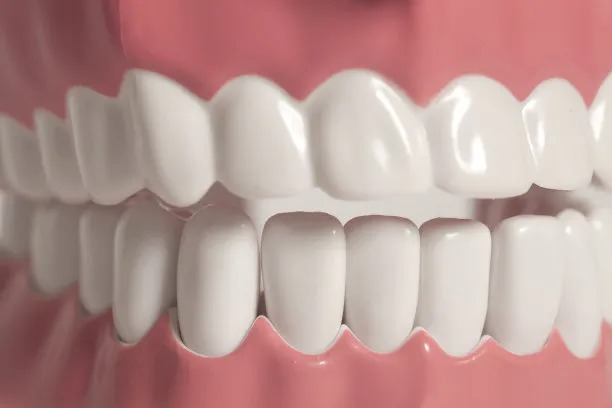Understanding Dental Implant Treatment A Comprehensive Guide to Restore Your Smile and Oral Functionality
Summary: Dental implant treatment is a revolutionary solution for those seeking to restore their smile and improve oral functionality after tooth loss. This comprehensive guide delves into the intricate details of the dental implant process, including types, surgical procedures, recovery, and maintenance. By understanding each aspect of the treatment, patients can make informed decisions about their dental health. Ultimately, this article serves as an essential resource for anyone considering dental implants, offering insights into the benefits and expectations involved in the journey toward a renewed smile.
1. Understanding the Types of Dental Implants
Dental implants are primarily categorized into two types: endosteal and subperiosteal implants. Endosteal implants, the most common type, are placed directly into the jawbone. They typically resemble small screws and can support one or more prosthetic teeth. Subperiosteal implants, on the other hand, are positioned under the gum but above the jawbone. This type is suitable for patients who lack sufficient bone structure but still want the benefits of implant-supported dentures.
Knowing the right choice for your dental needs can significantly affect the overall success of the procedure. Endosteal implants are generally favored for their stability and longevity. A good consultation with an experienced dentist can help patients understand which implant type is most suitable based on their oral health and bone density.
In addition to the types of implants, understanding the materials used is crucial. Most dental implants are made from titanium because it is biocompatible, meaning that it integrates well with bone tissue. Some patients may opt for zirconia implants, which are made from a ceramic material and offer an aesthetic alternative without metal, especially for those with sensitivities or preferences.
2. The Surgical Procedure Involved
The dental implant surgical procedure typically consists of several stages, starting with the initial consultation. During this appointment, a comprehensive examination, including X-rays and possible 3D imaging, will be conducted to assess the jawbone condition. A detailed treatment plan will be developed to outline the entire process, including timeframes and costs.
The next phase involves the surgical placement of the implant. This usually occurs under local anesthesia to minimize discomfort. The dentist will place the dental implant into the jawbone, followed by a healing period known as osseointegration, where the bone will grow around the implant, anchoring it securely.
After successful healing and integration, an abutment is attached to the implant. This component acts as a connector between the implant and the final restoration, which can be a crown, bridge, or denture. The placement of the restoration can also involve additional consultations and meticulous adjustments to ensure a natural look and correct bite alignment.
3. Recovery and Aftercare Essentials
The recovery period after dental implant surgery varies from patient to patient but generally takes several months. Initially, swelling and discomfort may occur, which can typically be managed with prescribed pain medication and ice packs. Patients are advised to stick to a soft diet for a few days to avoid stressing the implant site.
Post-operative care is crucial to ensure the recovery process is smooth. Regular follow-ups with the dental team will help monitor healing and address potential complications promptly. Good oral hygiene practices should be maintained, including brushing and flossing around the implant to prevent infections.
It is equally important to attend all scheduled appointments for professional cleaning and evaluation. This diligent care will not only support the health of the implant itself but also promote the overall health of the surrounding gums and teeth.
4. Long-term Maintenance and Benefits
Once the dental implant is successfully integrated and functional, long-term maintenance becomes vital. Regular dental check-ups are crucial for ensuring the longevity of the implant. Professional cleanings help to keep the gums healthy and reduce the risk of peri-implant diseases.
One of the significant advantages of dental implants over other tooth restoration methods, such as dentures, is their durability. With proper care, dental implants can last many years, often a lifetime, making them a cost-effective solution in the long run.
Furthermore, dental implants provide functional and aesthetic benefits. They restore the ability to chew efficiently, enhance speech, and prevent bone loss in the jaw. The improved self-esteem and confidence from having a complete smile cannot be underestimated, making dental implants a worthy investment for many patients.
Summary:
In conclusion, understanding the intricate details of dental implant treatment can empower patients to make informed decisions about restoring their smiles and oral functionality. From the types of implants and the surgical procedure to recovery and long-term care, every aspect plays a crucial role in the overall success of the treatment.
With ongoing advancements in implant technology and techniques, dental implants remain one of the most reliable solutions for tooth replacement. This article is compiled by Vickong Dental and the content is for reference only.



